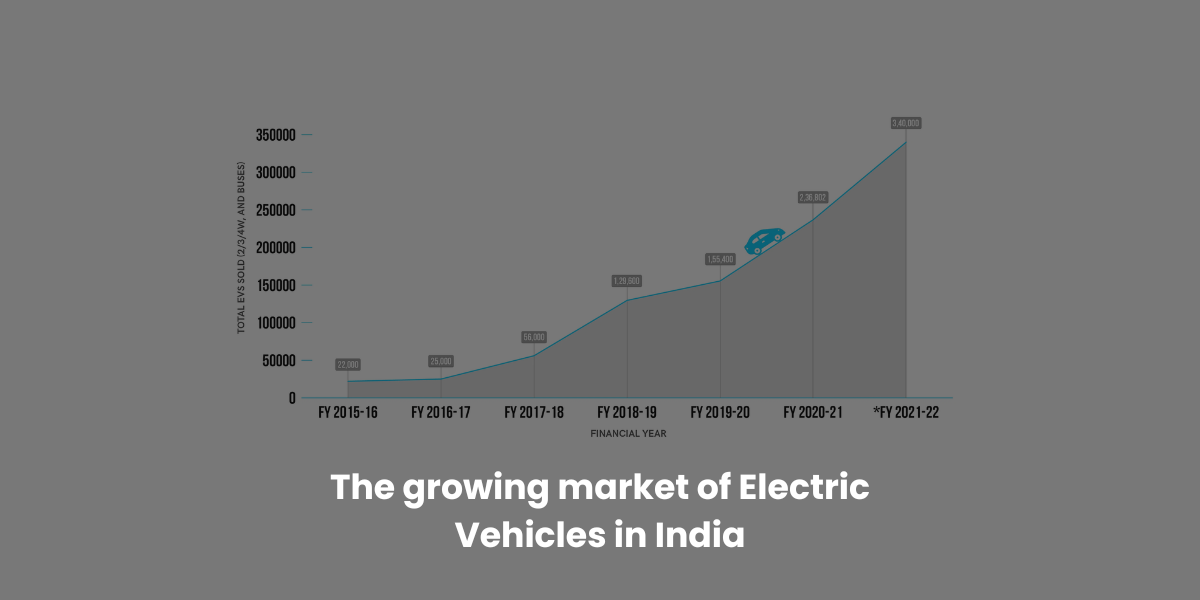Lead-acid batteries have long been the “go-to” power source for gadgets, machinery, and cars. However, lithium-ion batteries are gaining acceptance across various industries due to various qualities that support efficiency and safety.
The battery life is one of the most crucial features for a business that uses batteries in its EV fleet. An important factor in a company’s operations is the battery’s usable life. Efficiency is important when it comes to a business’s bottom line.
In this article, we will look at the life cycle of lithium batteries and try to understand how they can outperform other batteries.
The lengthy battery life of a lithium battery is one of its most distinguishing characteristics. Compared to typical lead-acid batteries, lithium-ion batteries have a larger capacity and can run for a lot longer on a single charge.
Not surprisingly, lithium battery packs do not exhibit a memory effect, allowing for partial charging. As a result, they may be charged repeatedly without losing any storage capacity after being partially discharged. Top-charging your lithium-ion battery is advised rather than letting it go down to 0% before charging it.
Depending on several variables, such as battery type and chemistry, battery size and capacity, operating environment or temperature, and charging technique, a lithium-ion battery can last anywhere between 8 hours and a few days on a full charge.
What is the life cycle of lithium batteries?
According to most manufacturers, a lithium-ion battery’s service life is 5 years or at least 2,000 charging cycles. However, a lithium-ion battery can survive up to 3,000 cycles if used and maintained properly. This is equivalent to a lead-acid battery lasting three times as long.
When a battery’s capacity drops to 80% of its rated capacity, manufacturers often consider the battery to have reached the end of its useful life. Battery run-time will be reduced even if they can still produce usable power at less than 80% charge capacity.
The longevity of a lithium-ion battery, however, can be impacted by several variables, including temperature, charging cycle, and charge and discharge habits.
What are the factors that affect the life cycle of lithium batteries?
Battery chemistry:
For lithium-ion batteries, the chemical composition, or the substances and components employed in the battery besides lithium, varies. The distinct qualities of each type of lithium-ion battery affect how long it can sustain electricity. But the longest-lasting battery is the one with the best chemistry.
Temperature:
Lithium-ion batteries need to operate at an ideal temperature between 20 °C and 60 °C to function at their peak. Using this temperature range, the battery can keep 80% of its maximum capacity.
You should anticipate decreased battery efficiency in extremely cold or hot environments because the battery needs to work harder to keep a charge.
Charging Cycle:
A device is fully charged, fully drained, and fully recharged three times throughout a charge cycle. The lifespan of your lithium battery is also dependent on how quickly you complete the charge cycle.
A lithium battery should typically be recharged 2,000–3,000 times before losing its initial capacity. Additionally, the amount of time a battery can power a device declines as its capacity increases.
How to make sure your lithium battery life last longer?
- Avoid discharge
- Charge your battery properly
- Use authorized charging mediums
- Don’t overcharge
- Store your battery properly
- Keep an eye on your battery capacity
At Ipower, we manufacturer lithium-ion batteries for electric two-wheelers, three-wheelers, E-rickshaws, loaders and many more.
For more details about the lithium-ion batteries, click here:





